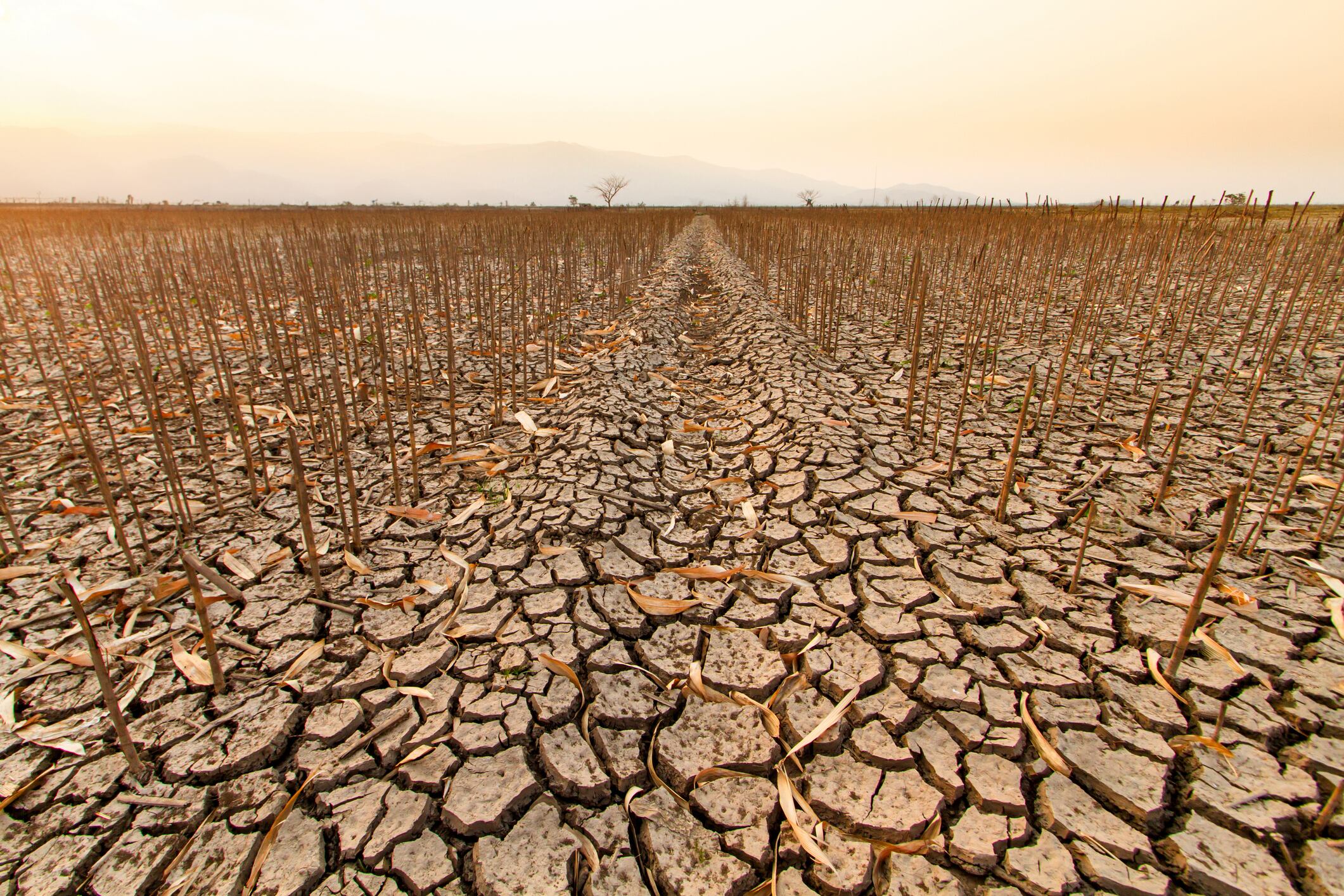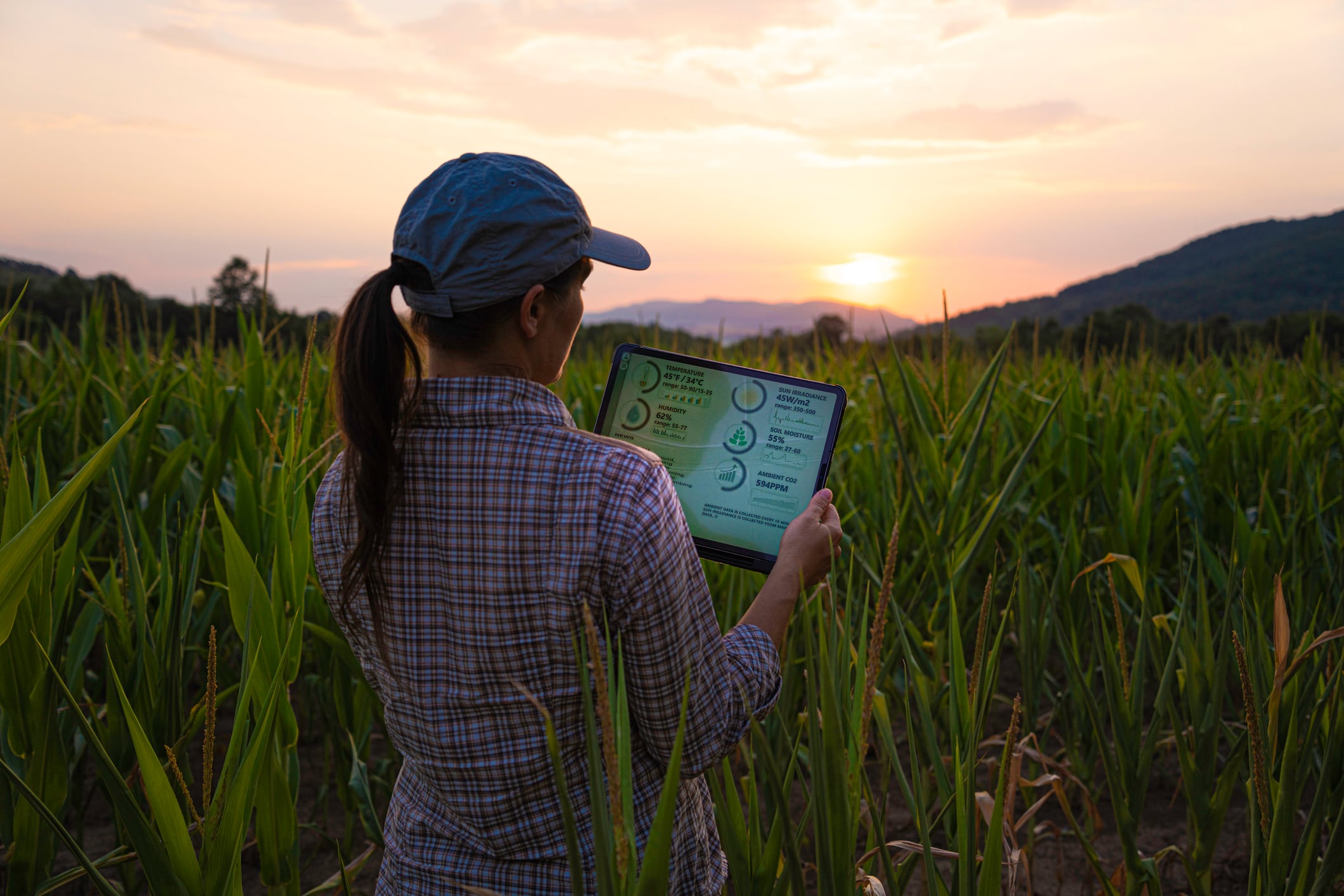Summary of land degradation and crop risk
- Land degradation reduces soil fertility and agricultural productivity worldwide
- FAO reports 1.7 billion people live where yields are 10 percent lower
- Causes include drought, deforestation, erosion, nutrient loss and irrigation salinisation
- High-income countries offset impacts with intensive inputs while poorer regions suffer declines
- Industry can adopt crop rotation and cover cropping to preserve soil health
Around the world, crops are at risk from a variety of threats – from crop pests to high temperatures to human-caused conflict.
Another, quieter risk is land degradation. Land degradation, according to a recent report from the UN’s Food and Agriculture Organisation (FAO), is a global problem.
In fact, 1.7bn people live in areas where yields are 10% lower as a result of human-induced land degradation.
With yields around the world are under threat, what can industry do about it?
What is land degradation?
Land degradation is, simply put, the degrading of land’s ability to provide the services agriculture depends on.
When the fertility of the soil and health of the land is reduced, yields are affected.
It is caused by extreme weather conditions such as drought, as well as human activities such as deforestation. In the case of cropland specifically, it is mainly driven by nutrient depletion from continuous cropping, soil erosion from water and wind, and salinisation (where salts build up in water) in areas that are reliant on irrigation.
Land degradation can be found in all types of landscapes, and all over the world.
It occurs in both high-income and low-income countries, but in the former, its effects are often masked by intensive input use.
How much danger does it pose to yields?
Using machine learning, the FAO was able to isolate the impact of land degradation on yields from other causes.
It found that yields in high-income countries such as Australia, Canada and the United States were not affected at all, but this was because they were offset by high agricultural inputs, such as fertiliser.
Declines in yields in other areas of the world, such as Asia and sub-Saharan Africa, are much more significant, explains FAO economist Aslihan Arslan. These declines could be lessened with greater agricultural inputs.
While the report focused on cereal-based crops – barley, cassava, maize, oil palm, rapeseed, rice, sorghum, soybean, sugar cane and wheat – the problem of land degradation can affect all crops, including cash crops like cocoa and coffee.
What can industry do about it?
Since much land degradation, according to the report, is human-induced, suggested solutions mainly pertain to a change in agricultural practices.
The F&B industry should analyse the impacts that its activities have on the environment, and aim to address these, says Arslan. Such improvements can be done whilst maintaining profitability.
The food industry should think long-term, she suggests, when looking at potential contributors towards land degradation.
For example, the introduction of cover cropping and crop rotation could reduce erosion, preserve soil health and improve biodiversity.
As for things companies can refrain from doing, chemicals can be used less excessively, and nutrient mining (which takes place when nutrients are removed from the soil faster than they can be replaced) must be reduced.
As the sources of land degradation are complex, so are the solutions. But this does not mean industry cannot address it.





